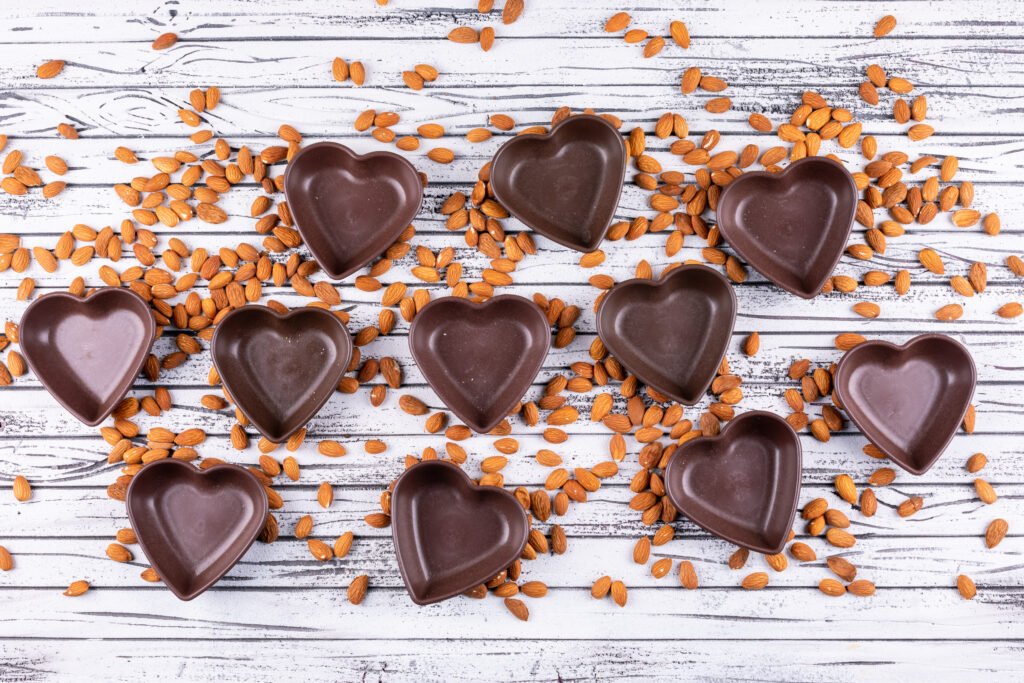Disclosure
This post contains affiliate links. If you click and buy, I may receive a small commission at no extra cost to you. Thanks for supporting our website!
Introduction to the Milky Chocolate Bar
The Milky Chocolate Bar has become a symbol of indulgence, comfort, and joy across generations. Whether you’re a child unwrapping your first bar of chocolate or an adult seeking a moment of sweet escape, the smooth, creamy taste of a delicious chocolate treat never disappoints. Known for its melt-in-the-mouth texture and irresistible sweetness, this chocolate treat holds a special place in households around the globe.
In this comprehensive guide, we’ll explore everything you need to know about the creamy chocolate bar—its history, production, nutritional aspects, varieties, marketing strategies, cultural significance, and even creative ways to enjoy it.
What is a Milky Chocolate Bar?
A Milky Chocolate Bar is typically made by blending milk powder, cocoa solids, cocoa butter, and sugar into a harmonious confection. Unlike dark chocolate, which has a higher concentration of cocoa solids, the creamy chocolate bar prioritizes creaminess and sweetness. This is why it appeals so strongly to people of all ages, especially children. The combination of milk and cocoa not only softens the flavor but also creates a smoother texture. The balance makes the bar less bitter and more universally palatable.
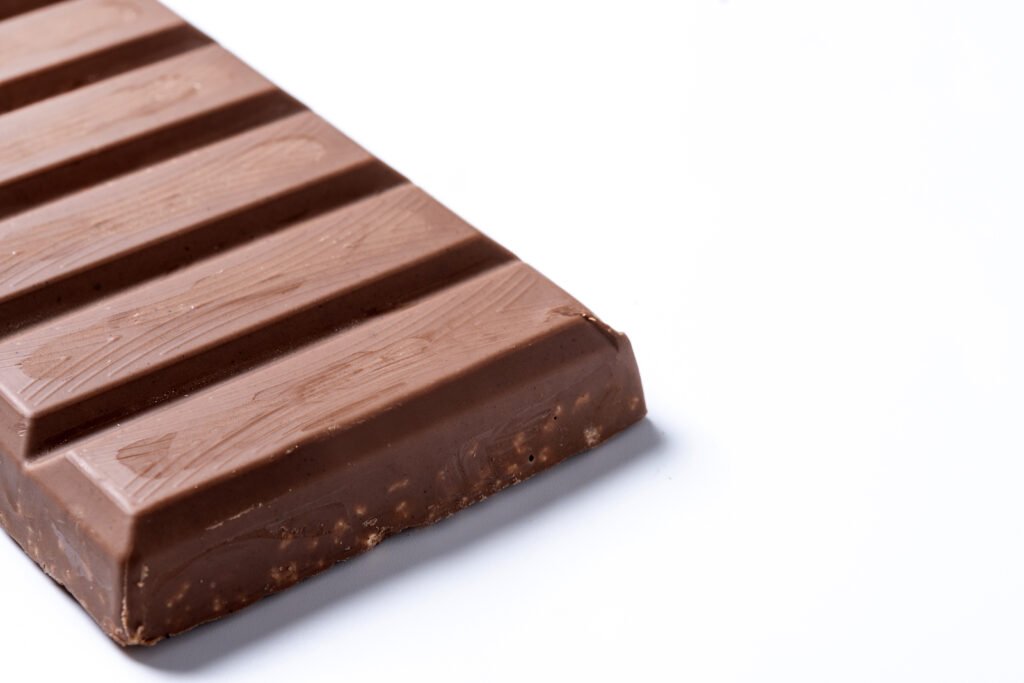
The History of the Milky Chocolate Bar
Chocolate itself has a long and fascinating history, dating back thousands of years to the ancient Mayan and Aztec civilizations, where cacao was considered a sacred ingredient. However, the delicious chocolate treat as we know it is a relatively modern invention.
- 16th Century Europe: Cocoa was first introduced to Europe after the Spanish conquest of the Americas. It was consumed as a bitter drink.
- 19th Century Innovations: In 1875, Daniel Peter, a Swiss chocolatier, combined cocoa with condensed milk, invented by Henri Nestlé, to create the world’s first milk chocolate.
- The Birth of Chocolate Bars: With the advent of industrial production, chocolate transformed from a luxury item into an accessible treat. The sweet chocolate bar quickly became a global favorite.
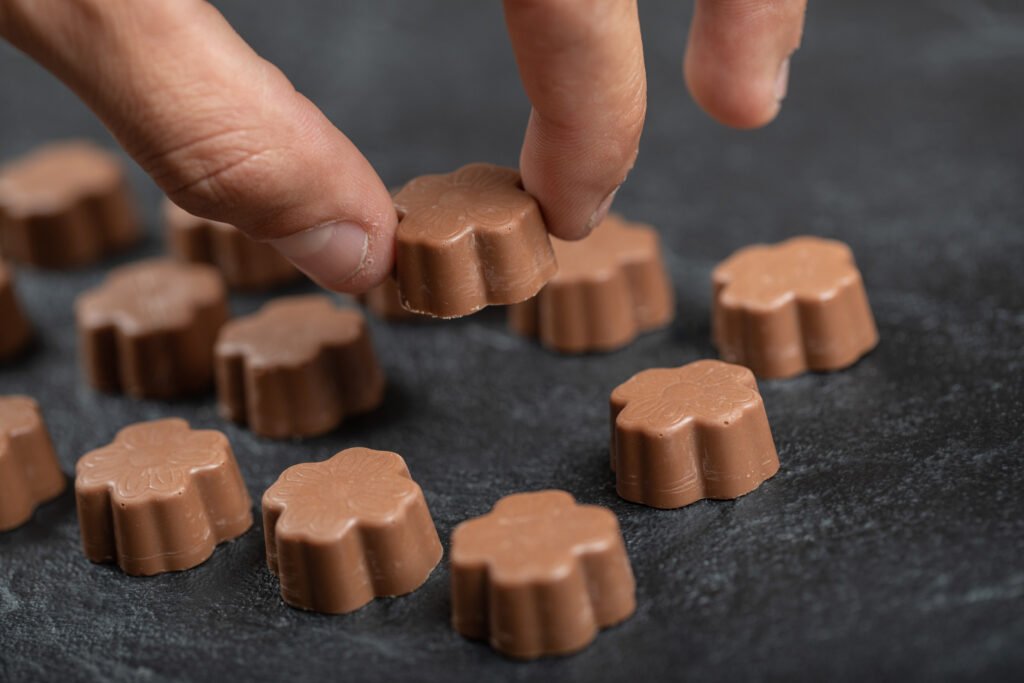
Ingredients of a Milky Chocolate Bar
Every Milky Chocolate Bar consists of carefully selected ingredients that work together to create its signature flavor:
- Milk Powder – Adds creaminess and smooth texture.
- Cocoa Solids – Provide the chocolate flavor.
- Cocoa Butter – Gives the chocolate its melt-in-the-mouth quality.
- Sugar – Balances bitterness and enhances sweetness.
- Flavorings (Optional) – Vanilla or other natural extracts.
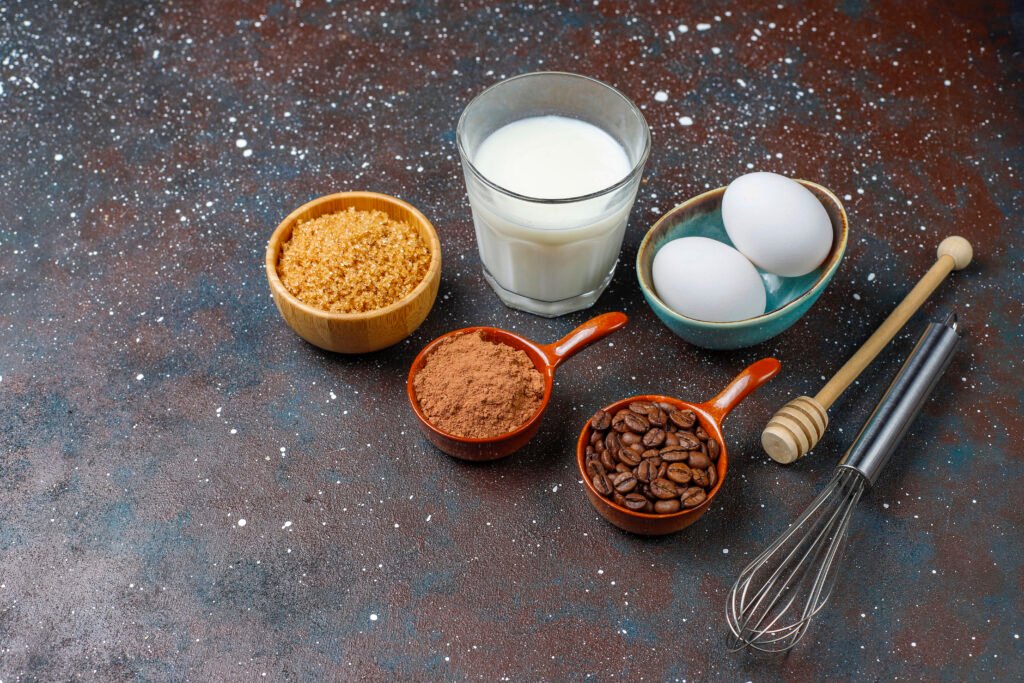
How a Milky Chocolate Bar is Made
The process of creating a delicious chocolate treat is both art and science:
- Harvesting Cocoa Beans – Cocoa beans are harvested, fermented, and dried.
- Roasting – Beans are roasted to bring out deep flavors.
- Grinding – Roasted beans are ground into cocoa liquor.
- Mixing – Cocoa liquor is blended with milk powder, sugar, and cocoa butter.
- Conching – A long mixing process that refines texture and smoothness.
- Tempering – Cooling and reheating chocolate to give it a glossy finish.
- Molding & Packaging – Chocolate is poured into molds and wrapped.
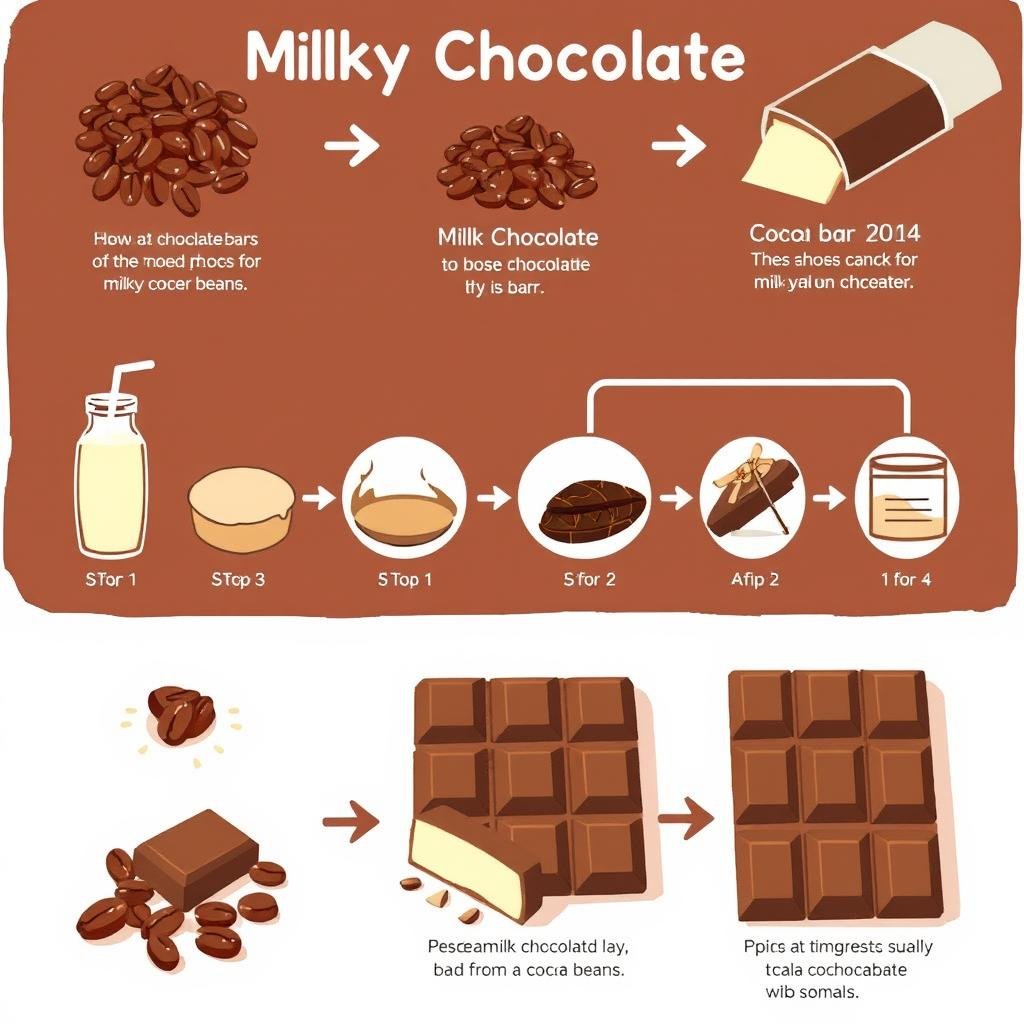
Varieties of Milky Chocolate Bars
Over the years, the Milky Chocolate Bar has evolved into countless variations:
- Classic Milky Chocolate Bar – The standard creamy version.
- Filled Bars – With caramel, nougat, or nuts inside.
- Mini Bars – Bite-sized versions for snacking.
- Flavored Milky Chocolate Bars – Infused with fruit, mint, or coffee.
- Premium Versions – Organic or artisanal brands offering high-quality ingredients.
Nutritional Value of a Milky Chocolate Bar
While a sweet chocolate bar is undeniably delicious, it’s also important to understand its nutritional value.
On average, a 40g Classic chocolate bar contains:
- Calories: 210–230
- Carbohydrates: 25–28g
- Sugar: 20–25g
- Fat: 11–13g
- Protein: 3–4g
It’s a good source of quick energy but should be consumed in moderation.
Health Benefits of a Milky Chocolate Bar
Contrary to popular belief, a smooth milk chocolate isn’t just a guilty pleasure—it can also provide some benefits when consumed moderately:
- Mood Enhancer – Chocolate triggers serotonin and endorphins, reducing stress.
- Source of Energy – The sugars and fats provide an instant energy boost.
- Bone Health – The milk content adds calcium.
- Improved Brain Function – Cocoa contains flavonoids that support brain health.

Marketing and Popularity of the Milky Chocolate Bar
The global success of the delicious chocolate treat is no accident—it is a result of effective marketing strategies:
- Emotional Branding – Advertisements often tie chocolate to love, happiness, and celebrations.
- Festive Campaigns – Valentine’s Day, Christmas, and Easter are major chocolate seasons.
- Celebrity Endorsements – Famous figures have promoted brands to widen appeal.
- Packaging Design – Eye-catching, colorful wrappers attract attention instantly.
Milky Chocolate Bar in Popular Culture
The Classic chocolate bar has appeared in movies, books, and music:
- Charlie and the Chocolate Factory – A story centered around chocolate bars.
- Movies & Sitcoms – Chocolate often represents comfort food.
- Music Lyrics – Symbolizing sweetness and love.
Fun Facts About Milky Chocolate Bars
- The largest Milky Chocolate Bar ever made weighed more than 5,000 pounds.
- On average, people consume over 7 kg of chocolate per year in Switzerland.
- The word “chocolate” comes from the Nahuatl word xocolatl, meaning “bitter water.”
- Some luxury Milky Chocolate Bars are infused with edible gold flakes.
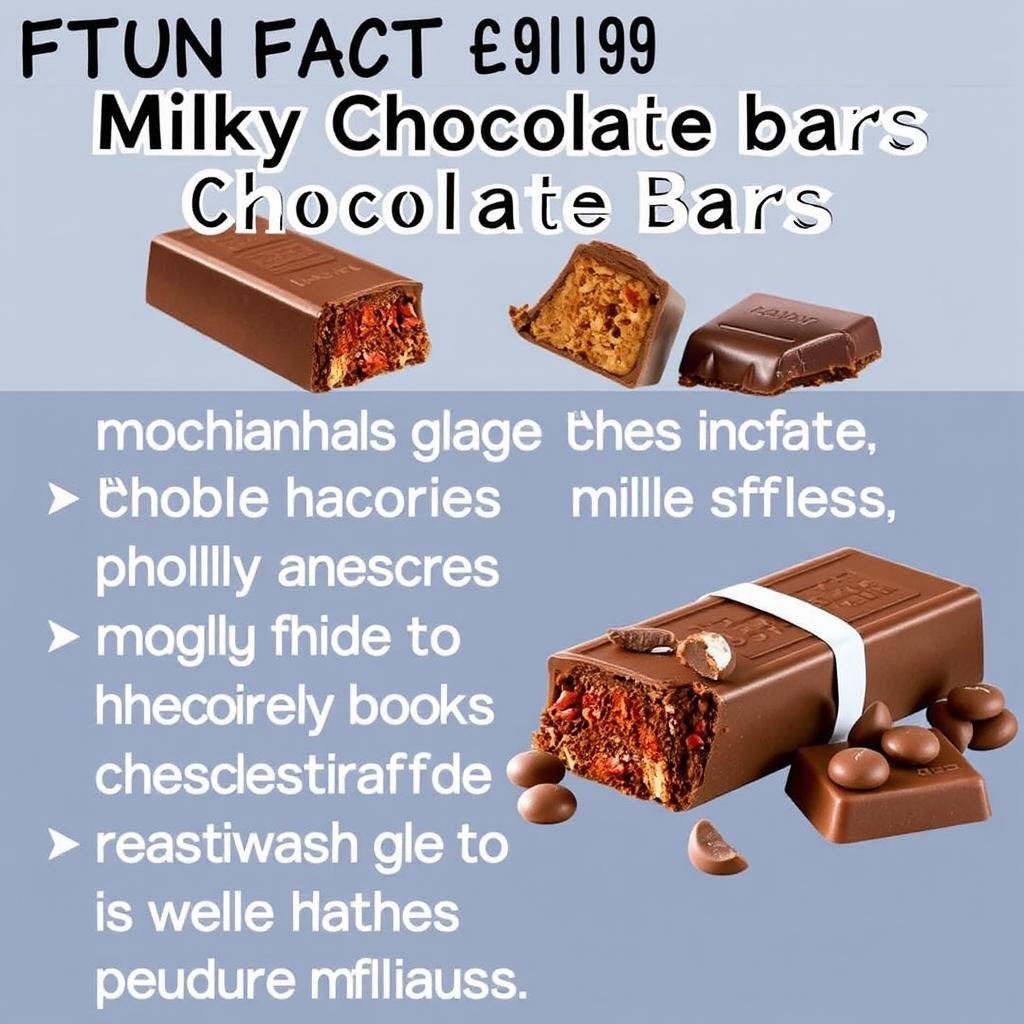
Creative Ways to Enjoy a Milky Chocolate Bar
A Milky Chocolate Bar can be enjoyed beyond just unwrapping and eating:
- Baking – Add chunks into brownies, cakes, or cookies.
- Melting – Dip fruits or marshmallows.
- Drinks – Create hot chocolate or milkshakes.
- Decorations – Shavings for desserts and pastries.
The Global Market for Milky Chocolate Bars
The chocolate industry is worth over $130 billion globally, and smooth milk chocolate represent a significant portion of that market. Key players include:
- Nestlé
- Mars
- Cadbury
- Lindt
- Ferrero
Sustainability and the Milky Chocolate Bar
Sustainability has become a pressing issue for chocolate makers. Ethical sourcing of cocoa beans ensures that the delicious chocolate treat remains a product of joy rather than exploitation. Issues include:
- Fair Trade Cocoa – Supporting farmers with fair wages.
- Environmental Concerns – Reducing deforestation caused by cocoa farming.
- Child Labor – Addressing unethical practices in some regions.
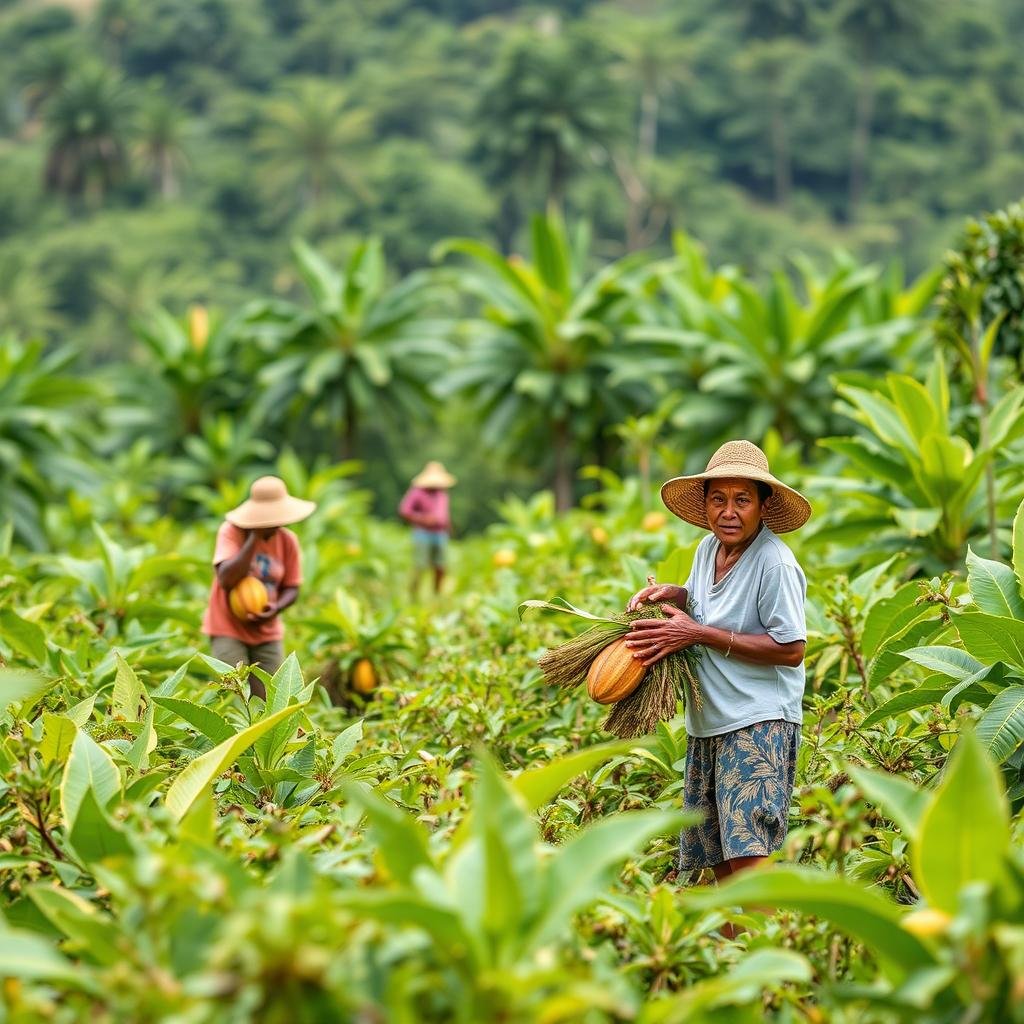
DIY: Make Your Own Milky Chocolate Bar at Home
You can recreate the joy of a delicious chocolate treat at home with just a few ingredients:
Ingredients:
- 1 cup cocoa butter
- 1/2 cup cocoa powder
- 1/2 cup powdered sugar
- 1/2 cup milk powder
- 1 tsp vanilla extract
Steps:
- Melt cocoa butter.
- Add cocoa powder and mix well.
- Stir in sugar and milk powder.
- Add vanilla extract.
- Pour into molds and refrigerate.
The Future of the Milky Chocolate Bar
With changing consumer preferences, the chocolate snack continues to evolve:
- Healthier Versions – Less sugar, more natural ingredients.
- Vegan Alternatives – Made with oat or almond milk.
- Luxury Variants – Infused with exotic flavors like matcha or saffron.
- Eco-Friendly Packaging – Biodegradable wrappers to reduce waste.
Conclusion
The Classic chocolate bar is more than just a sweet treat—it’s a cultural icon, a symbol of happiness, and a product that continues to evolve with time. From its humble beginnings in Switzerland to its global dominance today, the chocolate snack remains a beloved snack enjoyed by millions.
Whether you prefer it classic, filled, or flavored, the creamy delight of a smooth milk chocolate will always bring joy. Its ability to connect people across cultures and generations proves that chocolate is truly the universal language of sweetness.
